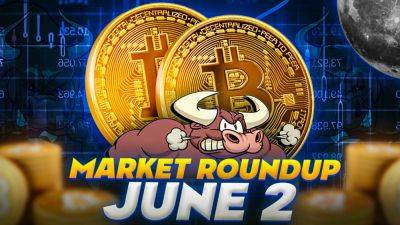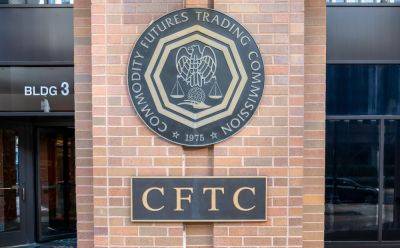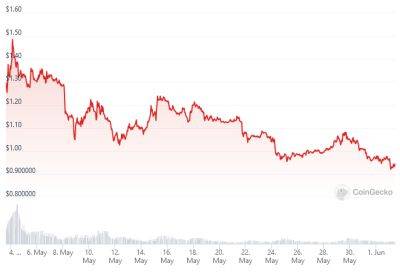Fortune favors the brand: Why crypto marketing fails to live up to hype
As we appear to be entering a new phase in crypto’s notorious market cycles, excitement is once again growing at the prospect of rising investment and deeper liquidity. However, in order for the market to come back stronger, lessons must be learned from what happened before. The collapses of 2022 continue to be analyzed by TV stations, newspapers, magazines, blogs and social media. But among the extensive analyses, one key lesson has been missed.
As is good practice in growing businesses, FTX spent 15% of its revenue on marketing and advertising, which included a cool $375 million on multi-year sport sponsoring contracts, including several stadium and co-branding naming rights.
This kind of investment isn’t unheard of, but it’s more typical of brands that target mass markets and global populations, such as beverages, financial services or automotive brands. In FTX’s case, what did that money actually buy?
It bought awareness and name recognition.
The FTX name became widely known far beyond the blockchain world. But why should the average citizen of Miami — home of the expensively named FTX Arena — know or care whether FTX is a government branch, a crypto exchange or an online travel agency?
This leads to another, more fundamental question: Why spend hundreds of millions of dollars on making sure everybody knows the name of your crypto exchange if it’s not even associated with anything in particular?
A business that makes a stupid amount of money can afford to burn millions. As we’ve seen from repeated cycles, there are few brakes on spending in crypto bull markets where marketing is king. But as we cautiously enter another bullish period, it’s time to reflect on the lasting value of all this marketing spend. FTX left a
Read more on cointelegraph.com
















